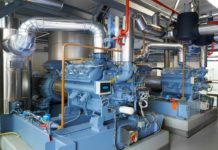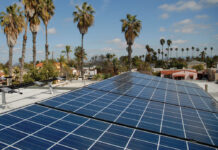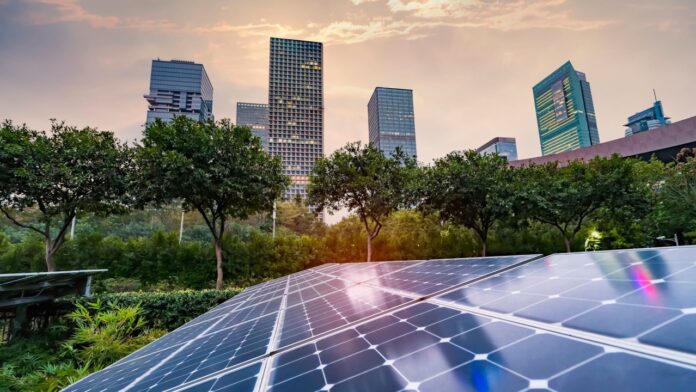
Urban living is undergoing a significant transformation as renewable energy sources become more integrated into our cities. This shift is not just a trend but a crucial step toward a sustainable future.
Understanding how renewable energy influences urban living is essential for appreciating the profound changes shaping our cities.
One company at the forefront of this revolution is Meyer Blue, which is actively contributing to the integration of renewable energy solutions in urban settings.
Table of Contents
Transforming the Urban Landscape
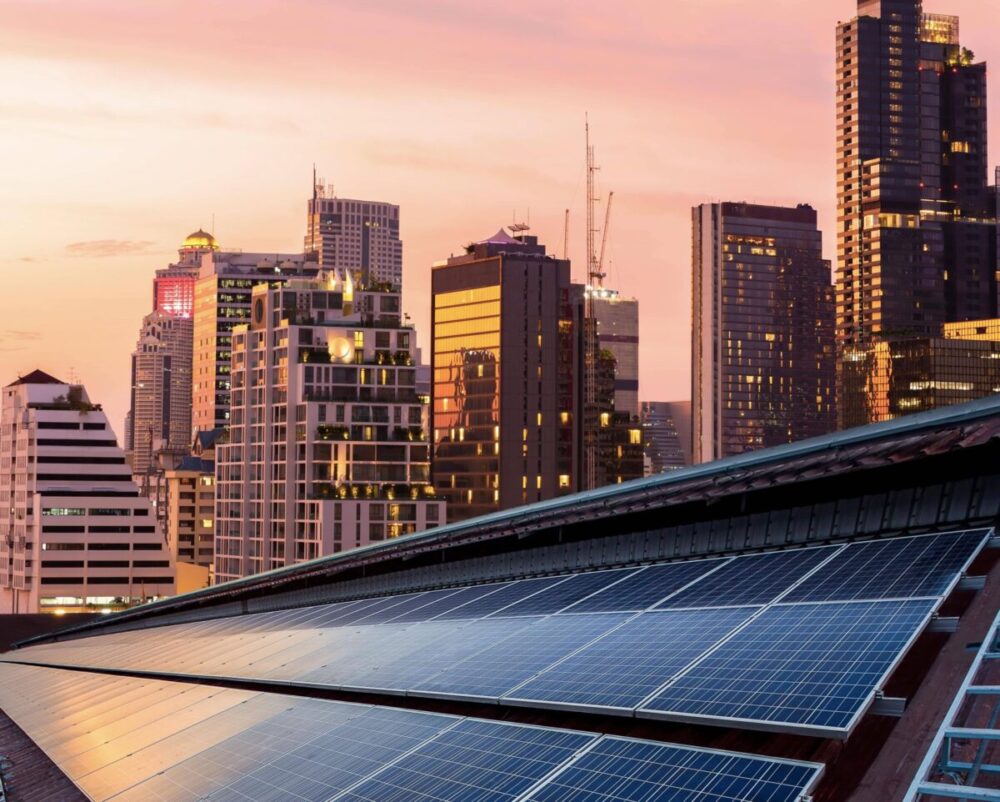
The integration of renewable energy sources such as solar, wind, and hydroelectric power is reshaping the urban landscape in numerous ways. One of the most visible changes is the increasing presence of solar panels on rooftops and the rise of wind turbines on city outskirts.
These installations are not just functional; they also serve as symbols of a city’s commitment to sustainability. Urban planning now often includes considerations for green energy, with new buildings being designed to maximize energy efficiency and incorporate renewable energy technologies.
Cities are also investing in microgrids and smart grids that enhance the reliability and efficiency of energy distribution. Microgrids allow neighborhoods to generate their own energy independently, reducing reliance on the traditional power grid.
This not only makes cities more resilient to power outages but also reduces energy loss during transmission. Smart grids, on the other hand, use digital technology to manage energy usage more efficiently, ensuring that power is distributed where and when it’s needed most.
Economic Benefits and Job Creation
Renewable energy is also a powerful economic driver. The shift towards clean energy sources creates numerous job opportunities in various sectors, including manufacturing, installation, maintenance, and research and development.
Companies like Meyer Blue are at the forefront of this employment boom, offering careers in innovative fields that did not exist a decade ago. This growth in green jobs contributes to the local economy and provides stable, long-term employment options.
Additionally, the use of renewable energy can lead to significant cost savings for both individuals and businesses. While the initial investment in renewable technologies such as solar panels or wind turbines can be high, the long-term savings on energy bills are substantial.
Governments and local authorities often provide incentives and subsidies to offset these initial costs, making renewable energy more accessible to a broader population. These economic benefits reinforce the appeal of renewable energy in urban areas, encouraging more widespread adoption.
Environmental Impact and Climate Resilience
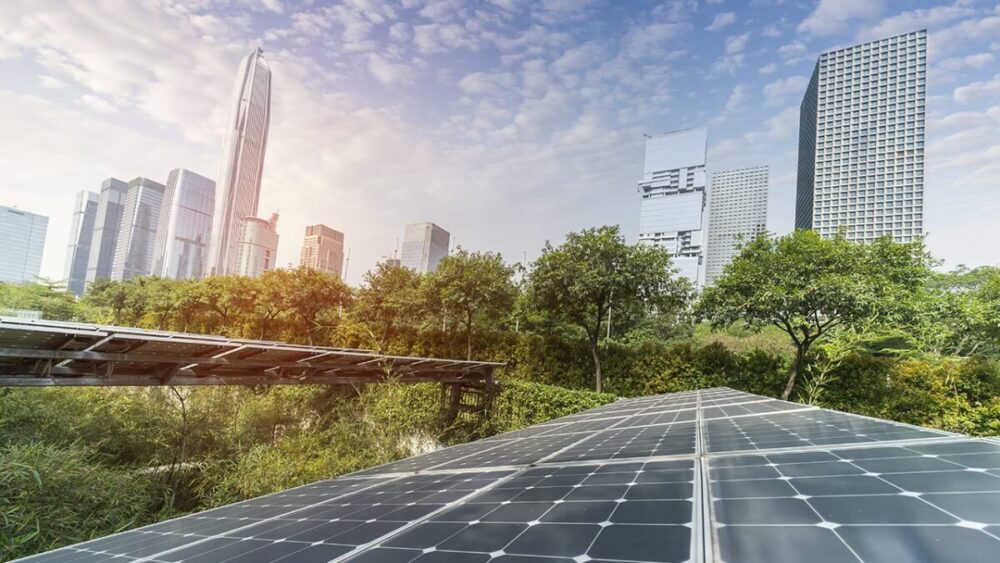
The most compelling reason for the transition to renewable energy is its positive impact on the environment. Unlike fossil fuels, renewable energy sources produce little to no greenhouse gas emissions, helping to mitigate climate change.
As cities are major contributors to carbon emissions, the adoption of clean energy is crucial in reducing the urban carbon footprint. This shift is essential for meeting global climate targets and ensuring a healthier environment for future generations.
Renewable energy also enhances a city’s resilience to climate change. Urban areas are often vulnerable to extreme weather events, such as heatwaves, floods, and storms.
By reducing reliance on centralized power plants, which can be disrupted by such events, and instead utilizing decentralized renewable energy sources, cities can maintain power and recover more quickly from disasters. This increased resilience is vital for protecting urban populations and infrastructure in a changing climate environments.
Health and Quality of Life
The impact of renewable energy on urban living extends beyond the environment and economy to significantly improve public health and overall quality of life. Traditional energy sources, particularly coal and natural gas, contribute to air pollution, which is linked to respiratory and cardiovascular diseases.
By reducing the dependence on these polluting energy sources, cities can improve air quality, leading to fewer health problems and lower healthcare costs.
Moreover, the incorporation of renewable energy into urban living encourages the development of greener spaces and sustainable transport options.
For instance, cities with a strong commitment to renewable energy often invest in electric public transport systems and bike-sharing programs, which further reduce pollution and promote a healthier lifestyle.
Urban green spaces, powered by clean energy, provide recreational areas for residents, contributing to mental well-being and community cohesion as like it should be.
Innovation and Technological Advancement
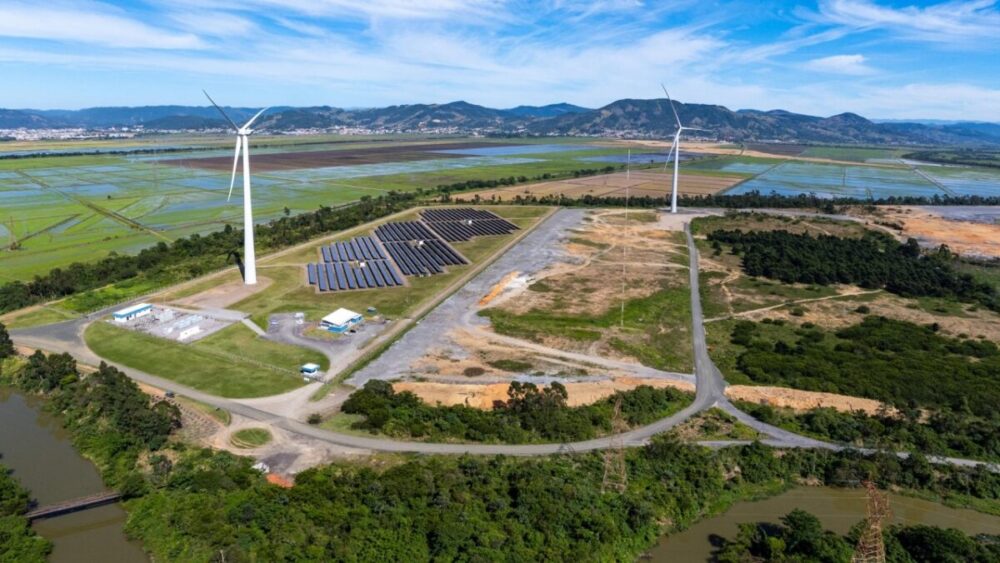
Renewable energy is driving innovation in urban living. The need for efficient energy solutions has spurred advancements in technology, from more efficient solar panels and wind turbines to cutting-edge energy storage solutions like lithium-ion batteries and beyond.
Companies such as Meyer Blue are investing in research and development to create smarter, more sustainable urban environments.
These technological advancements are not limited to energy production but also extend to energy consumption. Smart home technologies, for example, allow residents to monitor and manage their energy use more effectively.
Intelligent lighting, heating, and cooling systems can adapt to usage patterns, significantly reducing energy waste. This seamless integration of technology and renewable energy creates smarter, more sustainable urban living spaces.
Community Engagement and Empowerment
The shift to renewable energy also fosters a sense of community engagement and empowerment. As cities move towards more sustainable practices, residents often become more involved in environmental initiatives and local decision-making processes. Community solar projects, where neighborhoods collectively invest in and benefit from solar power installations, are a prime example of this trend.
Such initiatives not only provide clean energy but also create a sense of ownership and pride among residents. This collective approach to sustainability strengthens community bonds and encourages further environmental stewardship. Educating residents about the benefits of renewable energy and how they can contribute to a sustainable future is a crucial aspect of this engagement.
Conclusion
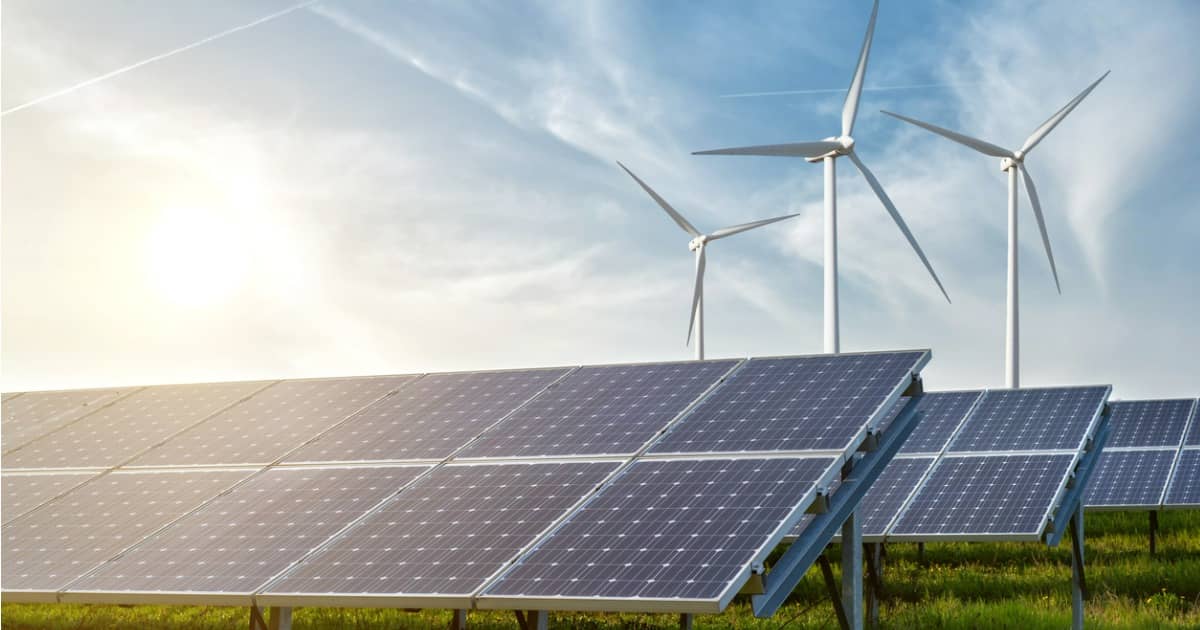
The influence of renewable energy on urban living is profound and multifaceted. From transforming the urban landscape and boosting the economy to improving public health and fostering innovation, the benefits are clear. As cities continue to grow and evolve, the integration of renewable energy will be pivotal in creating vibrant, resilient, and sustainable urban environments for generations to come those are some things to consider for our future planning.


